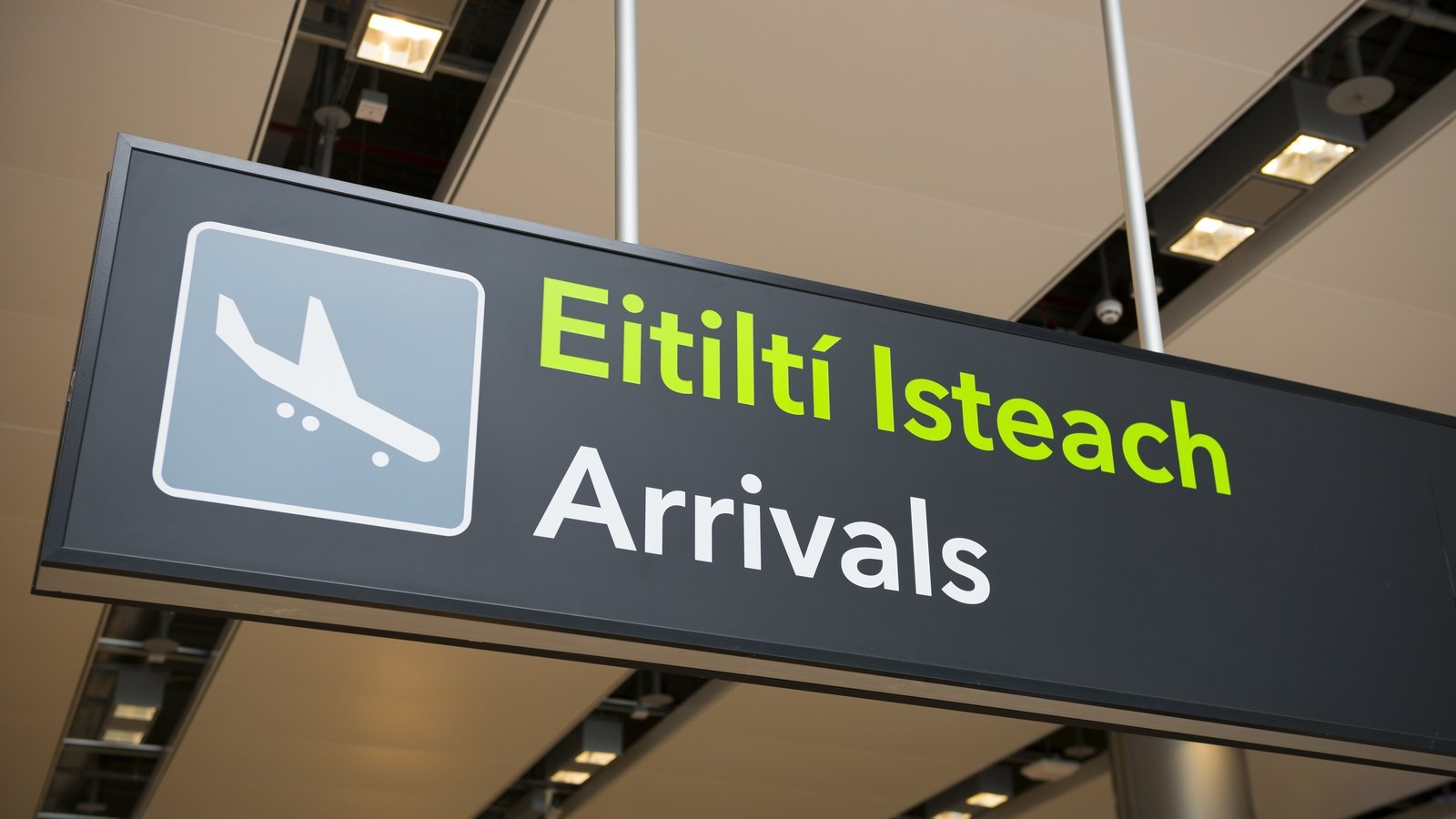Dublin Airport is gearing up for the start of what will undoubtedly be a busy summer season.
More than 10 million passengers will use its facilities over the holiday months, jetting off on well-earned and much anticipated breaks by themselves, or with family or friends.
Around 2,600 flights will depart each week, operated by 43 airlines to 180 destinations.
The airport has said it is ready for the influx, promising to get at least 90% of people through security in 20 minutes or less, partly thanks to the use of some new C3 scanners which do not require liquids or laptops to be removed from bags.
It is also promising higher customer service standards, more food and drink choices, better toilet facilities and additional seating amongst other improvements – fixes that are all the result of boosted investment.
But no amount of resourcing will fix the biggest quandary that Dublin Airport now faces in the short to medium term.
The cap on the number of passengers that can use the facilities each year is already starting to pose a very significant difficulty, not only for airport operator daa, but also for airlines and passengers too.
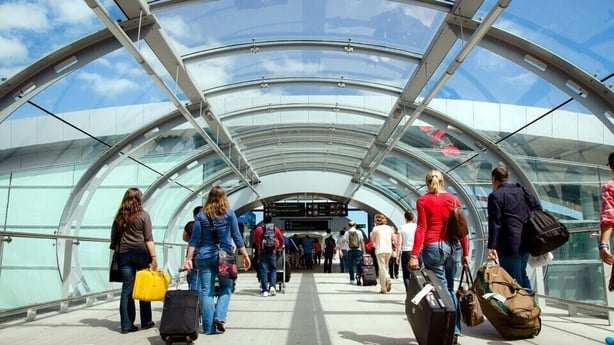
The restriction was put in place as part of the granting of planning permission for the second terminal at the airport in 2007 and for an extension of Terminal 1 that was approved in 2008.
It limits the number of passengers that can use the facilities each year to 32 million.
Last year, 31,908,471 passengers passed through the two terminals – a staggering recovery considering that just three years earlier, only 7.4 million people used it because of the pandemic.
But that success means Dublin Airport cannot now grow any further without breaking its planning permission – something that would not be a great look for any company, let alone a high-profile commercial semi-State organisation.
Left unhindered, passenger numbers are forecast to grow by 3.7% each year between next year and 2030, which would result in the numbers potentially reaching 39.6 million.
Looking beyond that again, forecasts predict those numbers could reach 46.6 million by 2040 and 55 million by 2055.
In December, daa submitted an application to Fingal County Council seeking to have the cap increased to 40 million passengers a year, as part of permission it is seeking to improve infrastructure at the airfield.
But in February, the council came back, as expected, seeking a raft of additional information – which the airport now has six months to respond to.
Assuming it meets that deadline, it will take the local authority some time to further analyse all the data and make a decision.
An appeal to An Bord Pleanála is almost inevitable though, regardless of the outcome, and the application may even end up in the courts.
Essentially, it means the cap will not be lifted for quite some time, if at all.
The airport’s airline customers are pretty ticked off about the situation.
In February, Ryanair said that while it will grow its passenger numbers by 16 million this summer, opening 80 new routes across Europe, all that growth would bypass Dublin.
CEO Michael O’Leary said without the cap restrictions, it would have placed four more aircraft in Dublin this summer, creating 12 new routes and growing passenger numbers by 2 million on last year.
It has repeatedly called for the Minister for Transport, Eamon Ryan, to act.
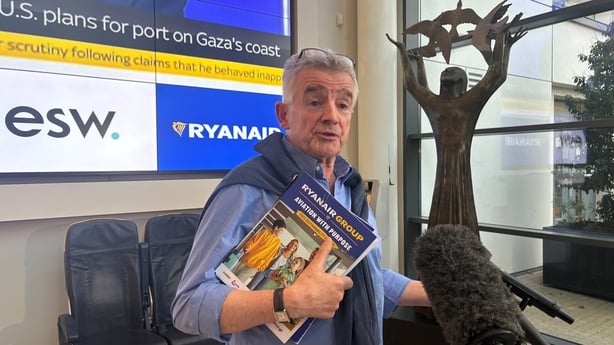
Aer Lingus has stated that the situation should never have arisen in the first place, because the airport should have anticipated the likelihood for growth and the rapid rebound from the pandemic by seeking to have the cap increased long ago.
Its clearly frustrated CEO, Lynne Embleton, said on Friday that urgent action was needed to resolve the issue and also called for the Government to lead on the matter.
“As I’ve said before, this hasn’t been well managed and the daa should have acted a lot sooner and I believe they should have made an interim planning application by now,” she said.
“Dublin Airport is a really important national infrastructure and we’re at a point where the passenger cap will increasingly likely impact the economy and the travelling public in just a few months’ time.”
But the transport minister and Green Party leader has repeatedly stated that it is not appropriate for the Government to intervene in planning matters.
Instead, Eamon Ryan has claimed the decision must be left up to the appropriate independent authorities.
A further setback to the airlines also came in the last week with a decision by the aviation regulator to cap the number of airline seats available at the airport for the winter season to 14.4m.
This was the first time that such a seat capacity limit has been put in place by the Irish Aviation Authority (IAA) and was done after it had taken the passenger cap contained in the planning permission into account.
What that means in practice is that airlines will be limited in their ability to add new routes, or to put on special flights – like trips to Lapland to see Santa, ski charters and flights to and from sporting fixtures for both spectators and teams, Ms Embleton claimed.
The cap issue is therefore not a future issue. It is very much a problem for now and one that is set to impact passengers, airlines and the wider economy over the coming months.
Daa’s CEO, Kenny Jacobs, has said the company would consider putting in a second application for a smaller interim increase in the passenger cap, if it thought that it would be processed faster than its wider infrastructure plan.
There is no guarantee though that it would be dealt with quicker, or that it would be successful.
Mr Jacobs has also suggested that legal action by airlines is another possibility.
Aer Lingus, for one, has confirmed that it is considering legally challenging the IAA seat capacity decision.
This approach is more likely to be both faster and successful than a challenge to the underlying planning permission cap itself.
But even then, were it to happen, a case would take time to wend its way through the legal system.
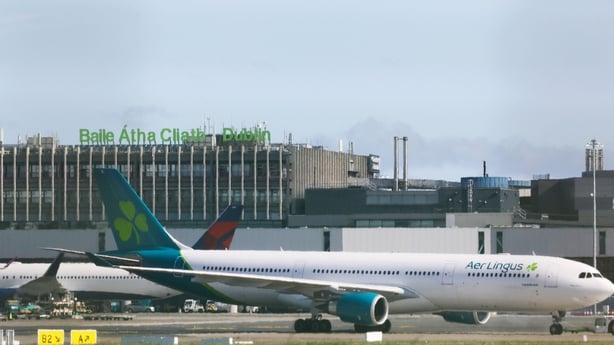
In the meantime, new aircraft, routes, connectivity and investment will continue to go elsewhere, daa and airlines have warned.
That would not be a bad thing though, according to environmentalists, who point out that aviation is responsible for 3% of greenhouse gas emissions within the EU.
Indeed, data released recently by the Sustainable Aviation Authority of Ireland (SEAI) showed that aviation was the transport sector with the fastest rising emissions.
Ireland used 1.36 billion litres of jet kerosene in 2023 – the highest annual demand ever recorded and up 12.7% on the previous year – reflecting the record number of passenger flights in and out of Ireland last year.
The SEAI said transport is an area where collective action is needed urgently and within that, air miles need to be considered.
Airlines and daa argue that they are working hard towards reducing their emissions however, through the use of more efficient aircraft, increased use of Sustainable Aviation Fuel and a host of other measures.
But one way or another, the challenges created by the cap are becoming controversial, not just practically and economically, but also politically.
According to a recent report produced for daa by InterVistas, Dublin Airport employs 19,900 people directly, 11,700 indirectly, while a further 13,300 jobs can be linked back to the airport through employees spending in the economy.
A large part of this employment is in the north Dublin area.
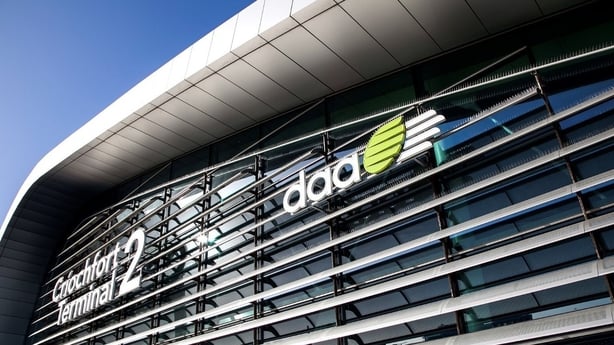
The research also claimed that the airport helps sustain 71,200 more jobs through its facilitation of tourism, trade, investment and productivity.
And it warned that maintaining the 32 million cap would lead to Ireland forgoing an additional 17,800 jobs and €1.5 billion in gross value added by 2030.
That is not something which businesses or those dependent on the airport will be content to allow happen.
With local and European elections just around the corner and a general election not far off, many politicians, particularly in north Dublin, are likely to want to see the issue resolved, and fast.

